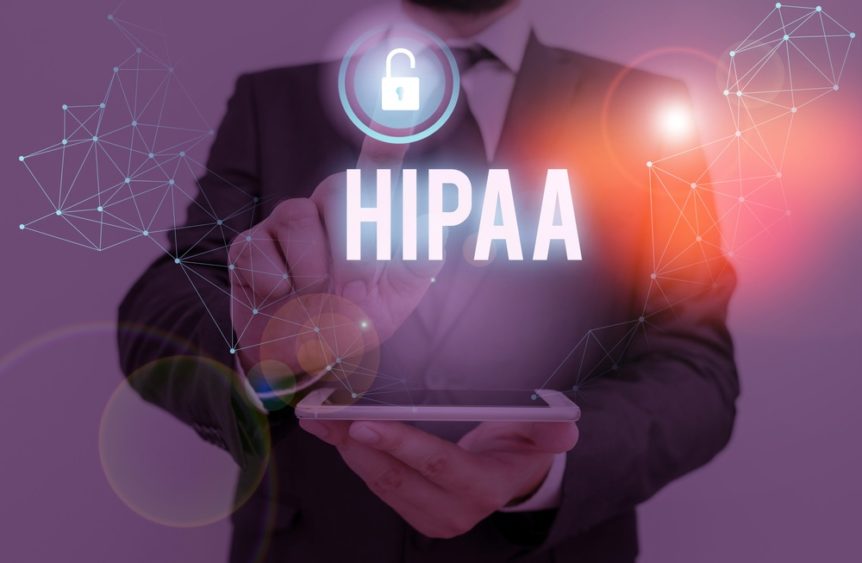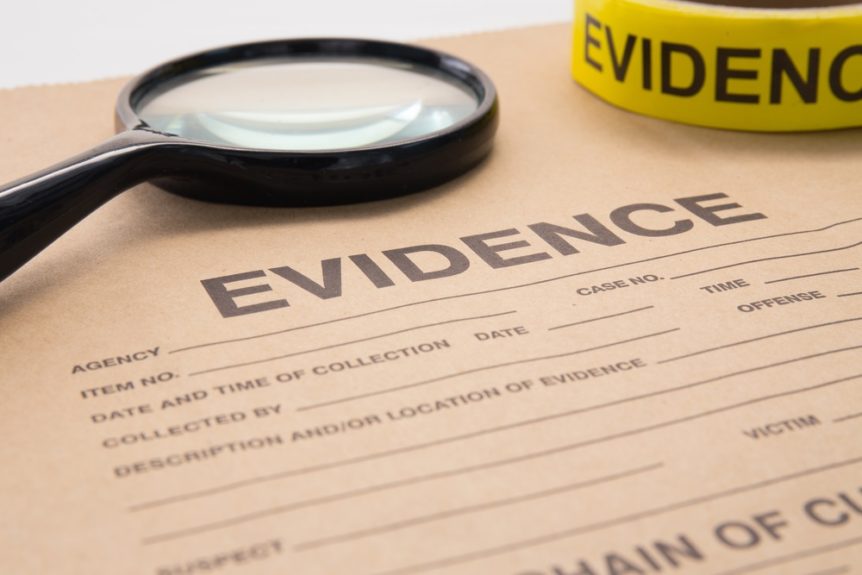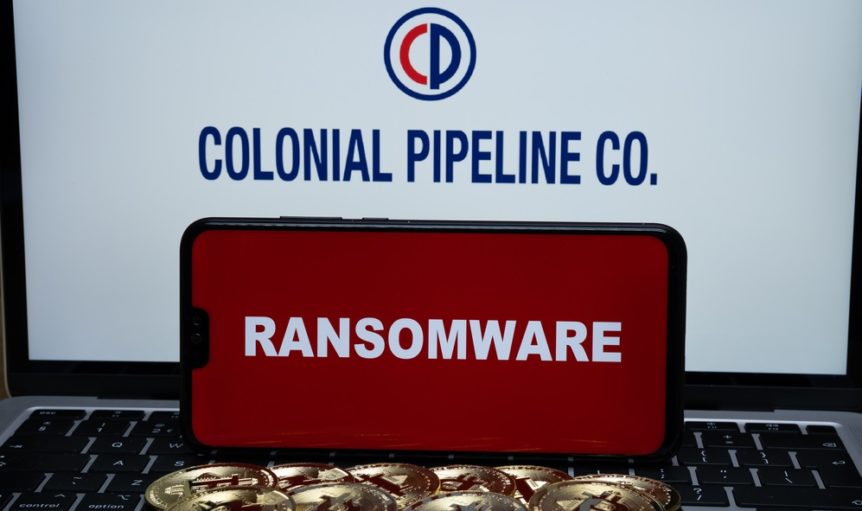In a 2019 ruling, a federal judge ordered Iran to pay Jason Rezaian and his kin almost $180 million in damages. The Washington Post reporter took to the courts to sue the Middle Eastern country for his unlawful detention, imprisonment, physical abuse, and the psychological torture he endured at the hands of Iranian authorities.
This ruling raised many questions, key among which was – Can you sue a country, especially if you’re doing it in an entirely different nation-state? Here’s what you need to know about it.
Foreign Sovereign Immunities Act
The 1976 Foreign Sovereign Immunities Act, or FSIA for short, is the legal framework that allows individuals or organizations to bring a lawsuit against foreign states or their agencies. The provisions of the Act set out a series of procedures to be followed when suing a foreign nation and how assets are to be attached for international debt recovery purposes.
While the spirit of the Act is to grant immunity to foreign countries against litigation, there are certain exceptions where this protection does not apply.
What Is Foreign Sovereign Immunity
Sovereign immunity is an international law doctrine that grants immunity to a foreign country against the jurisdiction of the courts in a foreign state. Until recent years, there weren’t many exceptions to this rule. It was almost entirely impossible for governments, their agencies, private organizations, or even individuals to sue foreign nations. This isn’t the case anymore.
As more governments engaged in commercial transactions with public and private entities alike, sovereign immunity gave them an unfair advantage. FSIA was created to provide exceptions where foreign governments would not be able to hide behind this veil when disagreements arise.
These exceptions allowed private parties to seek judicial remedies, including enforcing arbitration contracts in their commercial dealings with foreign states.
FSIA Exceptions
FSIA provides several exceptions to a foreign state’s immunity from US courts. Here’s a list of some notable ones.
- When a foreign country implicitly or explicitly waives its immunity
- When a foreign state conducts commercial activities in, or when those activities directly affect the United States
- When there’s a dispute over property taken in violation of international law
- When there’s a dispute over the rights to property – immovable or otherwise – situated in the United States acquired by gift or succession
- When monetary damages against a foreign country are sought for loss of or damage to property, death, or personal injury resulting from its tortious conduct in the United States
- When enforcing an arbitration agreement between a foreign and a private entity
- When there’s an admiralty lawsuit based on commercial activities enforcing a maritime lien on cargo or a vessel of the foreign country
- When monetary damages against a foreign country are sought for death or personal injury resulting from acts of hostage-taking, extrajudicial execution, torture, aircraft sabotage, or material/resource support to such acts, if the country in question is a designated sponsor of terrorism
With that in mind, can an individual sue a country? The short answer is – yes, based on the exceptions provided by the Foreign Sovereign Immunities Act.
In the case of the Republic of Argentina v Weltover, the company filed a suit on the basis that Argentina had defaulted on the $1.3 million worth of bonds it had issued. The case was brought in a New York federal court on the grounds of breach of contract, based on the commercial activities exception created by FSIA. The bonds were commercial in nature, and the activities had a direct impact on the United States.
Can you sue a company in another country? Again, the answer is – yes, provided you can demonstrate that the harm you suffered was the direct result of activities that fall outside the scope of normal and legitimate commercial dealings. The provisions of FSIA apply to both foreign governments and foreign organizations alike.
Vatican Immunity Appeal Catholic Church Child Abuse Cases
In 2002, a plaintiff – known only as John Doe – filed a lawsuit against the Vatican alleging several counts of sexual abuse in his teenage years by a Roman Catholic priest identified as Fr. Andrew Ronan.
The Vatican appealed based on sovereign immunity under FSIA, which the US Supreme Court rejected, allowing the suit to proceed. In its decision, the Court cited an exception to the law stating that the priest was an employee of the Vatican. As a result, his actions fell within the scope of his employment, making the Vatican liable in the suit.
Justice Against Sponsors of Terrorism Act
In September 2016, Congress enacted the Justice Against Sponsors of Terrorism Act, or JASTA for short. Earlier that month, President Obama had vetoed the Act, but both the US Senate and House of Representatives voted overwhelmingly to override that veto, effectively making the Act law.
Before discussing why JASTA is significant, it’s important to provide a bit of context into how the law ties into the concept of foreign sovereign immunity. As mentioned before, the whole premise of sovereign immunity is that a country’s government, its agencies, and officials cannot be sued in the courts of another nation for actions they took in their sovereign capacity.
However, as seen in the previous section, the Foreign Sovereign Immunities Act was created to provide exceptions to the doctrine. JASTA was drafted to address the unfortunate events of September 11, 2001, to assist the victims and families in seeking legal redress against the Saudi Arabia government.
Nonetheless, the provisions of JASTA weren’t just limited to lawsuits against the Saudi nation. It was also enacted to facilitate potential actions by US courts against foreign states that qualify for legal liability. The Act further waters down the doctrine of sovereign immunity by introducing exceptions in situations involving acts of international terrorism in the US.
It’s important to note that JASTA doesn’t create a liability against foreign nationals for the actions taken by their home governments. Instead, the Act is meant to address lawsuits brought by US citizens against culpable foreign nations. It is designed to allow civil litigants to seek relief against foreign countries.
Exceptions to Sovereign Immunity Introduced by JASTA
The US already has several exceptions to sovereign immunity. One of them includes seeking monetary damages against a foreign country for death or personal injury resulting from acts of hostage-taking, extrajudicial execution, torture, aircraft sabotage, or material/resource support to such acts if the country in question is a designated sponsor of terrorism.
JASTA takes this particular exception one step further. Federal law states that any US citizen who is injured or whose property or business is harmed by an act of international terrorism, they or their surviving kin can file a lawsuit in any US district court for damages amounting to three times the cost of the losses they incurred, including the cost of the suit. This type of lawsuit is referred to as an International Terrorism Suit.
Before the enactment of JASTA, a US citizen could not bring an International Terrorism Suit against a foreign government, agency, employee, or officer of a foreign state acting in their sovereign capacity. JASTA changed all that.
Two of the most notable amendments it made to sovereign immunity law are:
- A US citizen can bring an International Terrorism Suit against a foreign government if the state in question doesn’t have immunity by virtue of (2) below.
- A US court may hear a case involving monetary damages sought against a foreign country for death, physical injury, or damage to property that occurs in the US as a result of:
- An act of international terrorism against the United States
- Tortious conduct of the foreign government, or any agency, employee, or officer of the foreign state, while performing duties that fall within the scope of their employment or mandate, regardless of where that tortious conduct occurs
It’s important to note that foreign nations don’t lose their sovereign immunity on the basis of what JASTA describes as “mere negligence.” The law requires the government, its agencies, employees, or officers to have carried out actions that go beyond that.
Antiterrorism and Effective Death Penalty Act

The 1996 Antiterrorism and Effective Death Penalty Act, or AEDPA for short, was enacted as one of several pieces of reform legislation designed to “get tough on crime.” The law was passed in response to a public outcry that prisoners were abusing the writ of habeas corpus by filing multiple petitions challenging their convictions.
These petitions were often filed on frivolous grounds, with several of them being lodged years after the convictions were finalized.
The writ of habeas corpus allows imprisoned individuals to use it as the last resort when seeking relief from the criminal sentences they receive. It is particularly important for those facing the death penalty as it is the last line of defense standing between life and death.
The provisions of AEDPA are designed to expedite the legal process from sentencing to execution. It significantly limits the avenues through which prisoners on death row or otherwise can seek using the “Great Writ.” The law also includes several other restrictive provisions that permit eligible states to adopt stricter sets of limitations.
Some of those “opt-in” provisions require a petitioner to file a habeas corpus application within an unrealistic and unattainable timeframe; other provisions of the Act strip federal courts of the power to reverse convictions. Prisoners in states that adopt those provisions will have no chance of getting their convictions overturned once their petitions reach the federal habeas review stage.
Antiterrorism Provisions of AEDPA
Although the Act is controversial for the changes and limitations it imposed on the writ of habeas corpus, it does have several provisions designed to deter terrorism and provide justice to victims of such attacks.
Here are some of the notable antiterrorism provisions of the legislation:
- Designate foreign terrorist organizations and place funding limitations
- Implement changes in criminal procedures and increase penalties for individuals involved in terrorist offenses
- Jurisdiction clarifications and changes in funding for terror-threat-related law enforcement activities
- Place limitations on chemical, biological, and nuclear weapons
- Provide restitution for victims of international terrorism attacks
- Remove or exclude alien terrorists and modify asylum procedures
Perhaps the biggest take-home is that AEDPA removed legal immunity in cases where foreign states were found to be sponsors of terrorism. It effectively gave US citizens the right to sue foreign state terrorism sponsors. Unfortunately, however, the Act did not include a provision for the collection of damages.
The Flatow Amendment
As a result of the gap left behind by AEDPA, Congress later enacted what is commonly referred to as the Flatow Amendment. This crucial change in legislation now granted US courts the power to award monetary damages to victims of foreign state-sponsored terrorist acts. The amendment states, in part, that foreign countries that sponsor terrorism would be liable for death and personal injury caused by terror activities.
What does this mean for victims of terror attacks? Can an individual sue a country that sponsors a terrorist attack? The answer to this question is – yes, if they can demonstrate the injury they suffered was as a result of terrorist activity.
National Defense Authorization Act for Fiscal Year 2008
In January 2008, President George W. Bush signed into law the National Defense Authorization Act for Fiscal Year 2008. The objective of the legislation was to authorize funding for the US defense forces, national-security programs, military construction, and US interests overseas.
The NDAA 2008 also expanded the scope of the foreign state immunity exceptions provided in the Foreign Sovereign Immunities Act. The creation of this law was set in motion after a 2004 DC Circuit Court ruling that foreign nations known to be designated sponsors of terrorism could not be held liable for what it termed as “private causes of action” under the provisions of FSIA – even with the Flatow Amendment.
The exceptions that were added to the Act include hostage-taking, extrajudicial execution, torture, aircraft sabotage, or material/resource support to such acts. These exceptions ensured that foreign countries that support state-sponsored terrorist activities were held liable for the actions of their agents and officials in what would be deemed as “private causes.”
Get Legal Help for Your Claim
Although foreign nations enjoy sovereign immunity, there are exceptions to the rule. Can you sue a country? Yes, you can – if its actions fall outside the scope of legitimate commercial and state-sponsored activities.
If you need legal advice on international debt recovery, international dispute resolution, or foreign litigation and arbitration, chat online with an experienced Laws101 attorney right now.




















